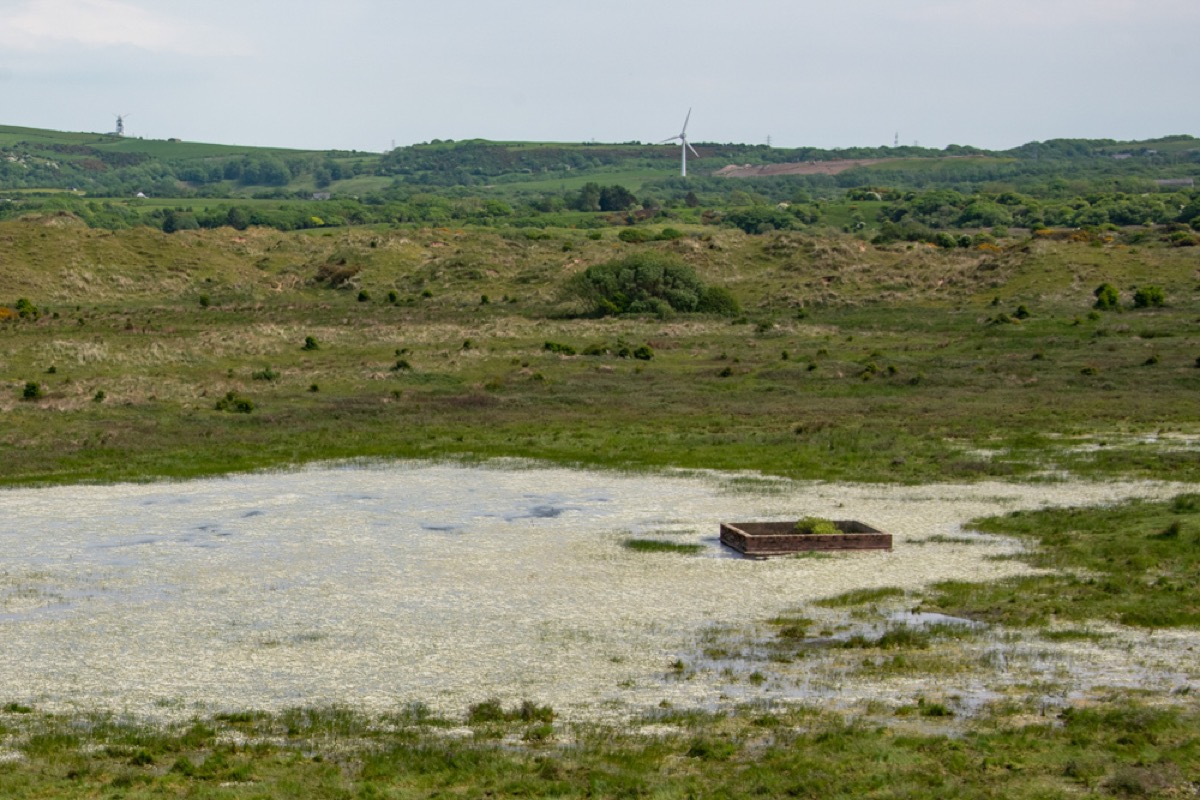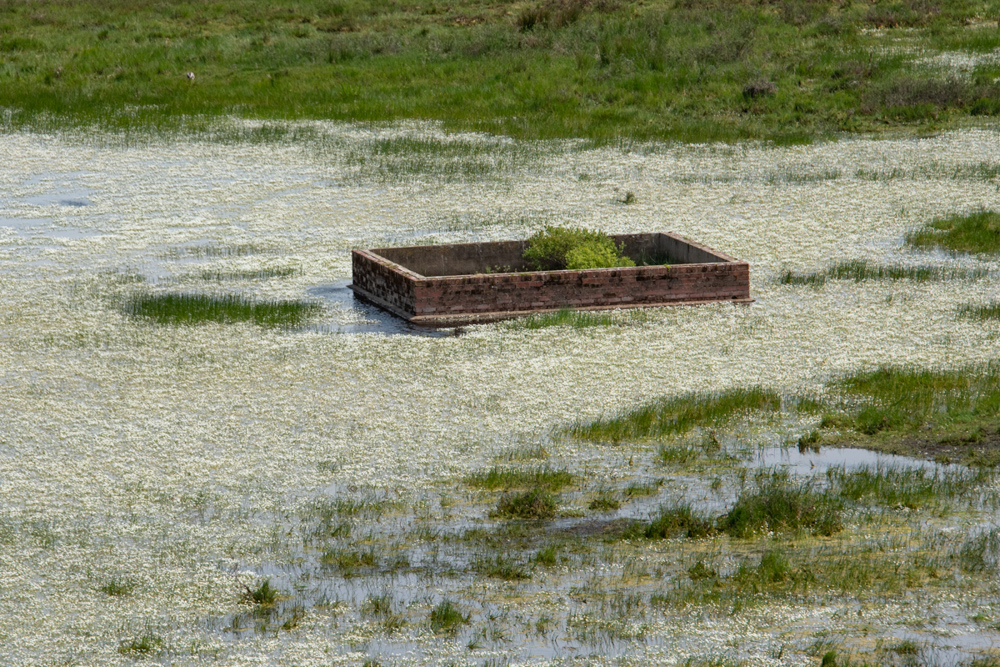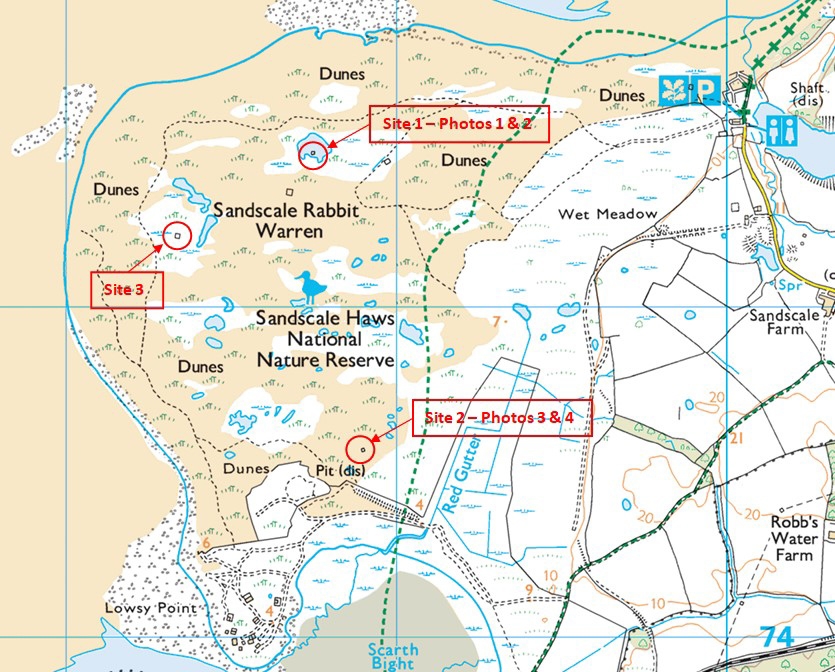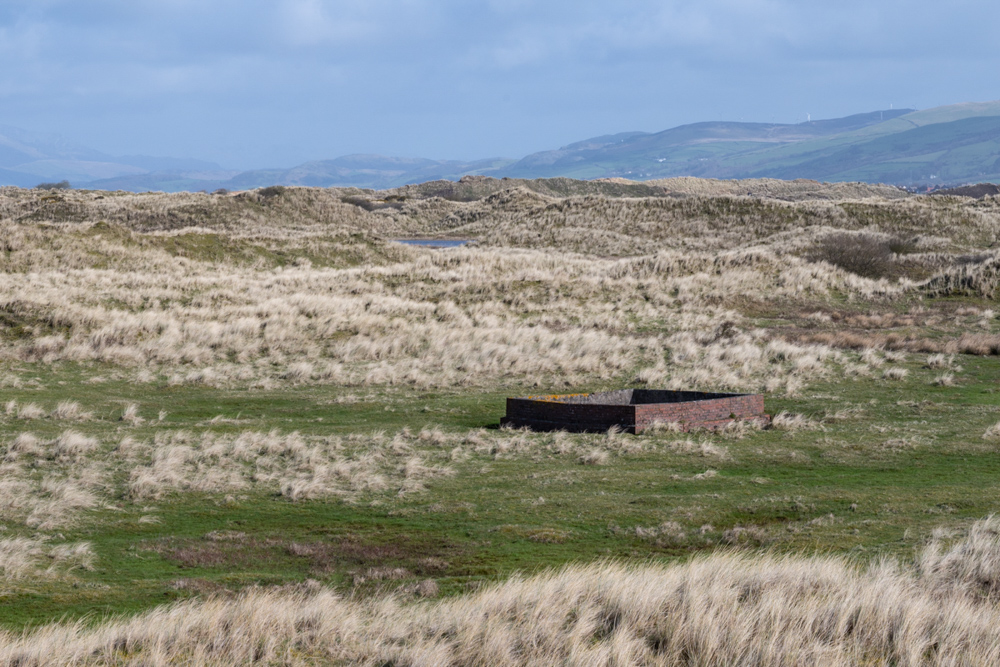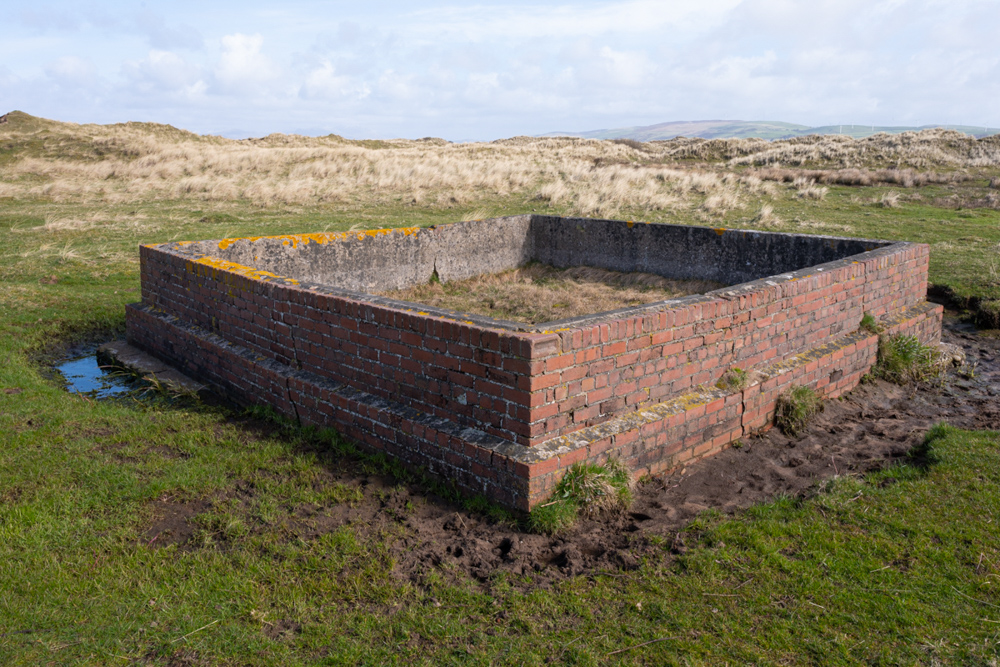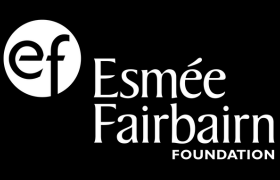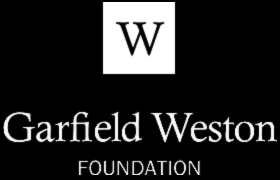Bombing Decoys
John Harrison
In 1940, with the imminent threat of bombing raids, a secret plan was conceived to create decoys designed to confuse enemy aircraft. The scheme was masterminded by Colonel John Fisher Turner, an engineer and retired Air Ministry officer.
With help from film industry technicians with specialist knowledge of lighting effects and set design, a wide range of day and night decoy sites were built across the UK.
These ingenious sites were designed to simulate various types of targets such as airfields, factories, docks, harbours, and in some cases whole cities.
The main types were:
- Dummy aerodromes – (day ‘K’ sites, night ‘Q’ sites)
- Dummy factories/buildings
- Simulations of urban lighting (‘QL’ sites)
- Diversionary/Urban Decoy Fires- (‘SF’ Special Fires or ‘Starfish’ sites)
For example, the ‘SF’ sites were designed to look like a “just bombed” location, with fires raging. The decoy fires had different appearances, intensity and durations achieved by burning different fuels such as coal, oil or paraffin. Another trick was to start a fire and then douse it with water to create clouds of steam.
The intention was to trick enemy aircraft into thinking that this was the true bombing site, which had just been hit, so that they would try to hit it as well.
The decoy sites were sophisticated installations, requiring a lot of manpower to operate. Each had its own infrastructure; the fires were controlled remotely from a building some distance away and had access roads and firebreak trenches.
Barrow had its own decoys, ‘Starfish’ and ‘QL’ sites located at Wylock Marshes/Snab Point (SD 201 640) South Walney, Westfield Point (SD 235 670) North of Rampside and at Lowsy Point (SD 181 749) Sandscale Haws. Further afield there was a QL/SF site at Whicham Valley (SD 148 836).
Lowsy Point was the location of the control building for decoys scattered across Sandscale Haws. The square structures shown above (in situ and close up) are the remains of two those decoys.
There were approximately 230 dummy airfields and 400 dummy urban or industrial decoy sites around the UK. Little now survives of them as most were cleared after the war. Those at Sandscale Haws are rare survivors.

